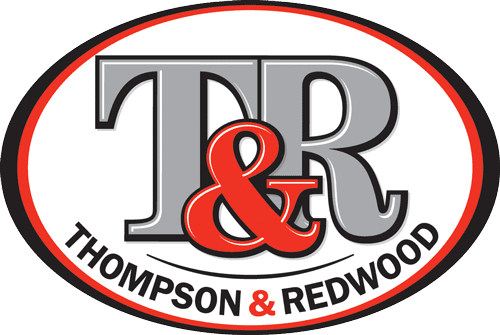NEW PRODUCT! Introducing Chick Starter & Grower Crumbles 20kg
We're excited to announce a new product that will be hitting your local Western Australian...

The T&R Blog and Nutrition Hub features a great range of articles and blog posts covering topics like animal nutrition, health and management for horses, chickens, ruminants and more! We also post regular updates from our sponsored riders with tips and training advice.
Have a scroll through our great library, or use the menu to the left to sort by your area (or animal) of interest.
We're excited to announce a new product that will be hitting your local Western Australian...
Team Thompson & Redwood Autumn is a time where many chook owners are left scratching their...
Now includes Hoof care, dentistry & Treatments! Do you keep track of your horse's details and...
By Chloe Gee Horse riding is a stressful sport, we work so hard all week,...
Do you use our chicken and poultry feeds? We'd love to hear from you! For a...
Are you heading to Equestrian in the Park 2020? Well we are, and we're pretty...
With Nutritionist Jill Davies An injured or sick horse is something every horse owner dreads. Injury...
Muesli is a form of horse feed which consists of whole grains and legumes, usually...
Caring for an itchy horse can be frustrating and worrying for owners, so in this...
Brittany and Caris Reside - Leeara Park Breeding horses is often a challenging and occasionally daunting...
In this post we will cover feeding sheep for productivity through complementary feeding programs. One...
by Jill Davies, equine nutritionist Managing broodmare nutrition from conception to lactation is one of the...
THIS COMPETITION IS NOW CLOSED! Thank you to everyone that took the time to enter!...
By Jill Davies, Equine Nutritionist Getting the timing of your horse's feeds right can optimise digestion,...
Maintaining your horse's mobility is essential for all horses and ponies, from allrounders to racehorses...
By Chloe Gee With Covid-19 seeing the cancellation of competitions around the country, many riders are...
With Autumn upon us and winter rains starting, there will be a few fresh, sweet...
The days are getting shorter, the nights are getting colder…winter is coming. Winter is a...
Off the Track horses can have a wonderful life after retirement, and this blog post...
We are galloping towards Christmas faster than a Miniature Shetland after a carrot! Sometimes during...
Thompson and Redwood sponsored riders, Caris and Brittany Reside, share with us their top tips...
Thompson & Redwood sponsored rider, Chloe Gee, is only 15 years of age, but she...
This competition has now closed. We look forward to announcing the lucky winner very soon. To...
What is a parrot mouth and how does does it impact the life of an...
Is your horse showing signs of slowing down? Senior horses are more likely to experience problems...
When the weather starts to cool down, the owners of "hard keepers" often worry about...
You may have seen that Thompson & Redwood has recently improved the recipe for our...
Knowing your horse’s weight is a really important aspect of horse ownership, yet it’s amazing...
Thompson & Redwood sponsored riders Caris and Brittany Reside from Leeara Park share their knowledge...
New easy-open bags for the T&R equine feed range It’s no secret the Thompson and Redwood...
Campdrafting is a unique Australian equestrian sport in which horse and rider combinations select a bullock from a herd and drive it round a set course. The riding style is similar to American Western Riding, and the event is similar to stock horse events such as cutting and team penning.
As much as we may not want to accept it, time does eventually catch up with our beloved horses and ponies.As they become older, issues such as arthritis, stiffness, weaker immune systems, hormonal changes and more can take a heavy toll on their quality of life. Fortunately, we are better equipped than ever to deal with such issues, with management information and products being widely available.
Mogumber Park is a thoroughbred breeding farm in Bullsbrook, Western Australia. Having been a successful...

Be the first to know about our upcoming specials, competitions and feeding advice.
